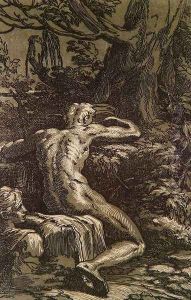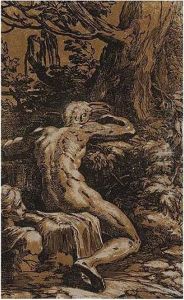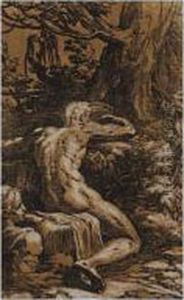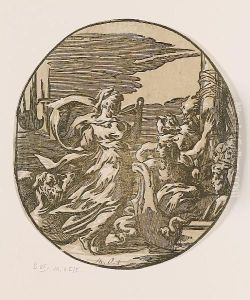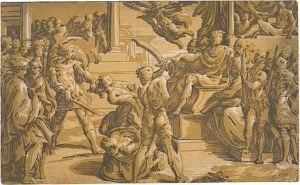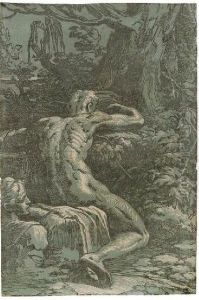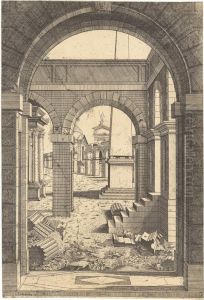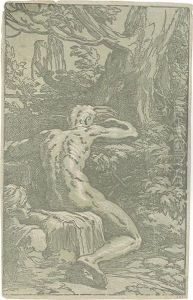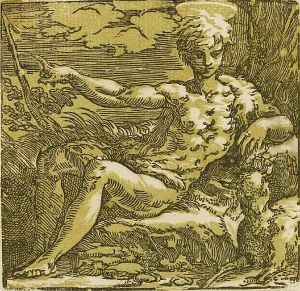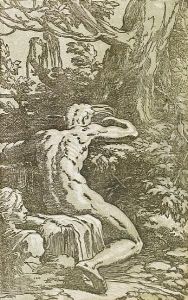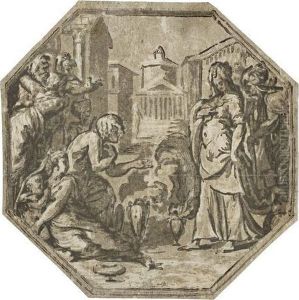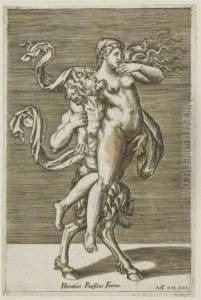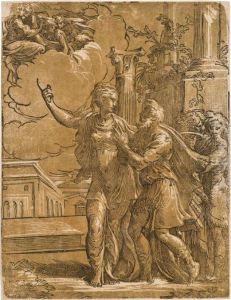Antonio Da Trento Paintings
Antonio da Trento was an Italian engraver and printmaker, known primarily for his collaborations with the Parmigianino, one of the leading figures of the Mannerist style in the 16th century. While Antonio's exact birth and death dates are not definitively known, he is believed to have been born around 1508 and to have died around 1550. His work is most noted for the chiaroscuro woodcuts, a technique that uses different woodblocks for each color, which was relatively new at the time and allowed for a dramatic contrast between light and shadow.
Antonio da Trento's most productive period was in the 1520s and 1530s, during which he worked closely with Parmigianino, who was not only a mentor but also a significant influence on his artistic development. Together, they produced some of the most exquisite chiaroscuro woodcuts of the period. The collaboration between Antonio and Parmigianino is emblematic of the Renaissance spirit of collaboration and innovation. However, the details of their partnership are not well-documented, and much of what is known comes from the analysis of their works and a few historical references.
One of the most famous works attributed to Antonio da Trento, in collaboration with Parmigianino, is the 'Martyrdom of Two Saints'. The piece is celebrated for its sophisticated use of the chiaroscuro technique, which allowed for a more nuanced depiction of light and shadow, giving the scene a dramatic and almost three-dimensional quality.
Despite his contributions to the art of printmaking and the development of the chiaroscuro technique, Antonio da Trento's life and career remain somewhat obscure. There are few records of his life outside of his artistic production, and his death is believed to have occurred around 1550, leaving a small but significant body of work. His legacy, though not as well-known as some of his contemporaries, is crucial for understanding the development of printmaking techniques in the Renaissance and the evolution of visual storytelling through the use of light and shadow.
